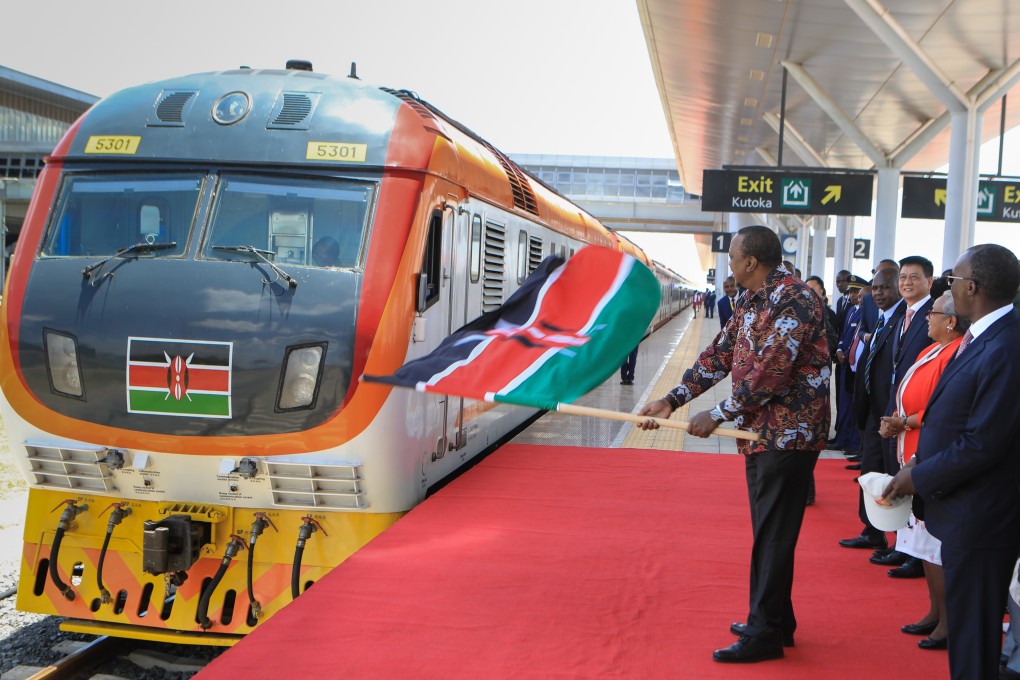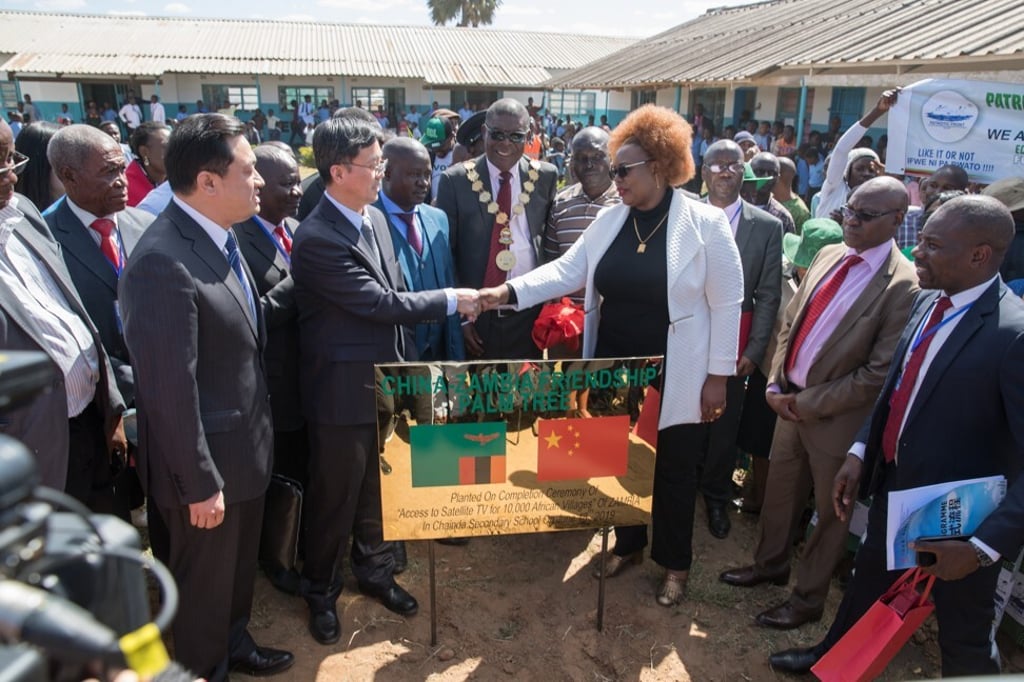Pandemic takes the shine off China’s Belt and Road Initiative as African partners struggle with coronavirus
- Projects are hit from both ends as Chinese banks strictly scrutinise potential lenders and African nations are squeezed by Covid-19 and economic constraints
- Xi Jinping’s pet project is criticised at home where many believe money is better spent on economic recovery in China

Last week, Beijing revealed that about a fifth of the belt and road projects had been “seriously affected” by the pandemic. About 40 per cent of the projects were adversely affected, and a further 30-40 per cent were “somewhat affected”, according to Wang Xiaolong, director general of the foreign ministry’s international economic affairs department.
But Chinese Foreign Minister Wang Yi was more optimistic, noting that the impact of the disease on belt and road projects was not massive.

During the Belt and Road International Cooperation meeting last week, Wang said Beijing wanted to “see key belt and road infrastructure projects restarted as early as possible” to “help countries preserve jobs and contribute to economic stability”.
Wang said that in the past year, 29 government-to-government cooperation agreements were signed, bringing the total number of such deals to 200.